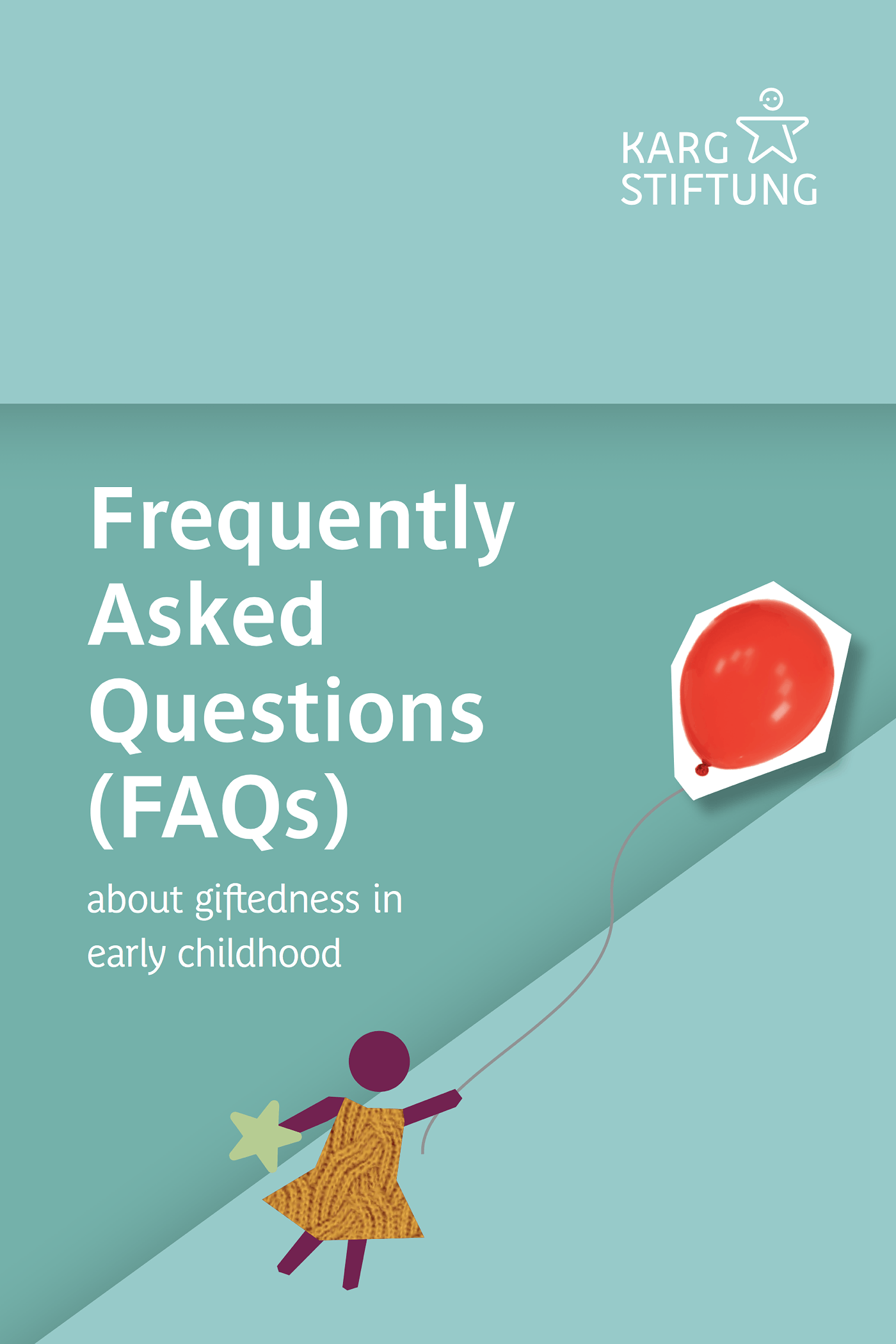Frequently Asked Questions (FAQs) about giftedness in early childhood
How can giftedness be recognized in the Kita?
Identifying giftedness should be understood as a process. This is especially true for young children. Distinguishing characteristics of high-ability children are, among other things, an eagerness to learn, a quick grasp of new things, a considerable willingness to make an effort, and a strong ability to learn as well as a fast learning pace. Therefore, observing and documenting children’s activities and learning are particularly useful ways of establishing giftedness at an early stage. These observations should be made over time, using process-oriented observation methods (e.g., the “Learning Stories” approach or the “Leuven Scale of Involvement”), and they should be reviewed on a regular basis.
Additional assessment tools can be used, particularly for preschool-age children, to assess a child’s developmental or learning status in relation to his or her social comparison group (e.g., peers) or to a specific developmental or skill area (e.g., language development).
The advantages of observation and documentation procedures are that they not only serve to assess children’s learning, they also contribute to improving the quality of pedagogical work by facilitating educational decision making on a methodologically sound basis and by serving as a useful framework for reflection. Thus, they not only assist in the observation and evaluation of children’s specific skills and abilities, they also search for answers concerning favorable environmental variables to promote young children’s learning potentials. In addition, it is possible to include the child’s perspective by sharing the observation findings with the child and reflecting on them together.

